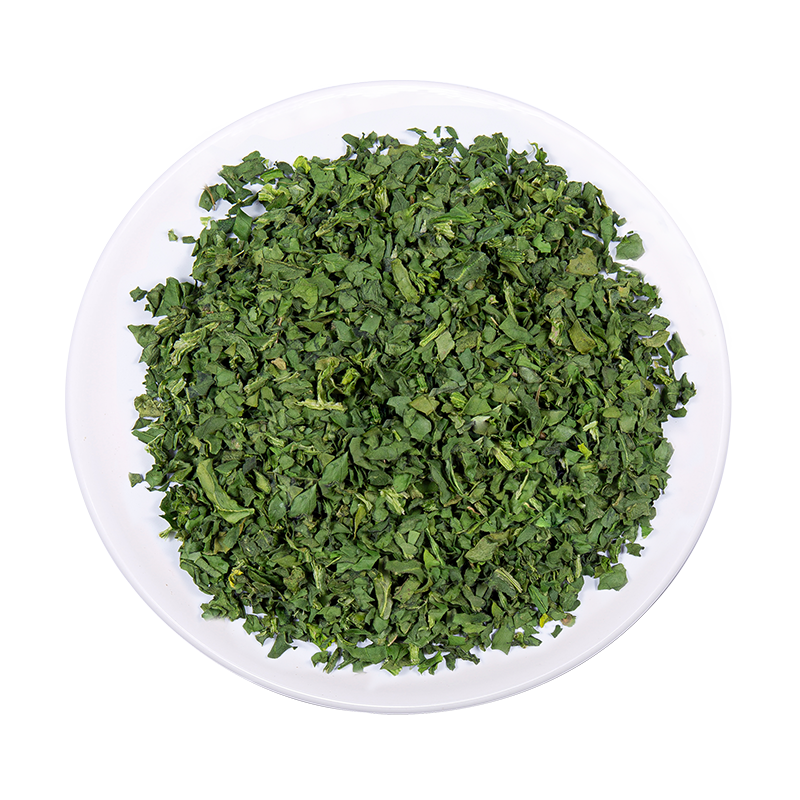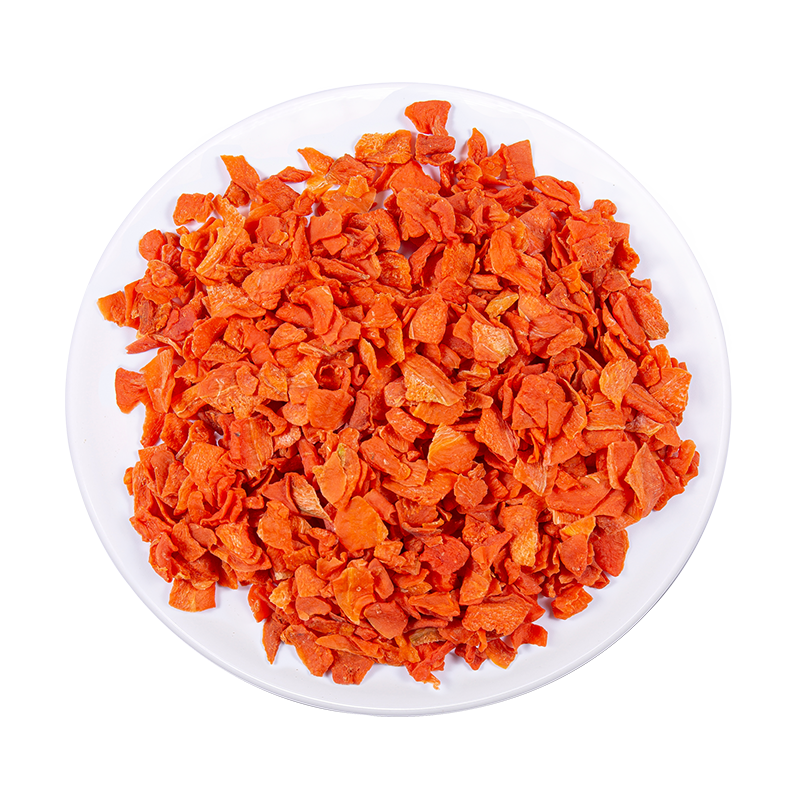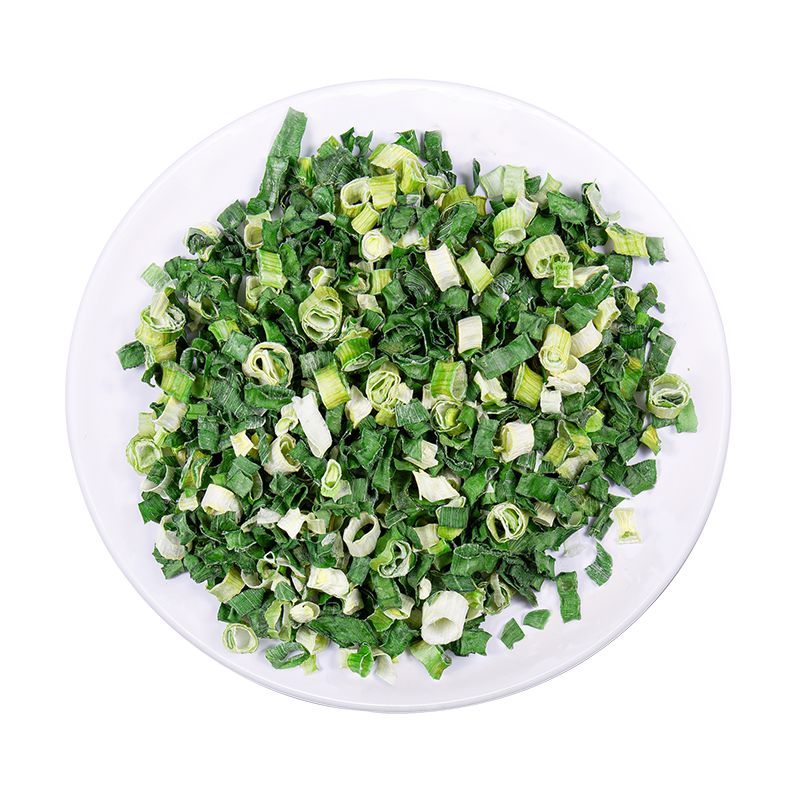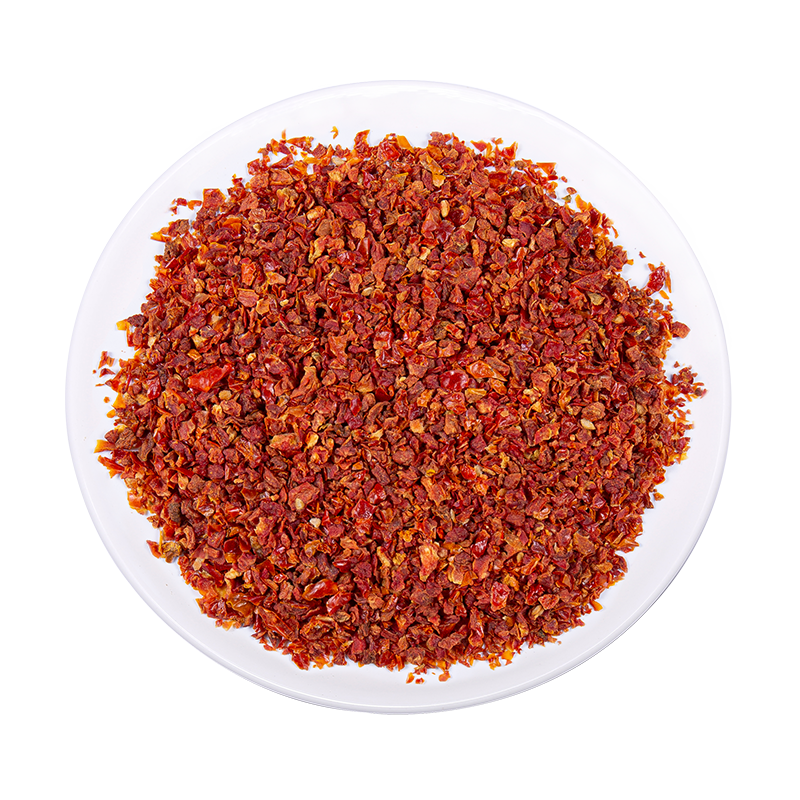Oct 23,2025
1. Higher Flavor Intensity in Dried Form
The dried spring onion process involves the removal of the vegetable's water content, concentrating its flavor and aroma. As a result, dried spring onions are far more potent than their fresh counterparts. The drying process effectively intensifies the onion's natural compounds, particularly those responsible for its savory, sweet, and aromatic characteristics.
Fresh spring onions, while flavorful, contain up to 90% water, which dilutes the flavor intensity. In contrast, dried spring onion has no such dilution, meaning a smaller quantity of dried onion will deliver a much stronger flavor. This makes dried spring onion an excellent choice when you want to enhance a dish without adding significant bulk or moisture.
When substituting dried spring onion for fresh in recipes, you’ll find that the amount required is substantially less. For instance, if a recipe calls for one cup of fresh chopped spring onion, only about 1/4 to 1/3 cup of dried spring onion (once rehydrated) may be necessary to achieve the same flavor profile. This higher concentration allows for a more efficient and potent use of the ingredient, making dried spring onion an appealing choice for seasoning mixes, dry rubs, or in dishes where space is limited, such as in pre-packaged or mass-produced foods.
2. Impact on Texture and Bulk in Dishes
One significant difference when using dried spring onion versus fresh spring onion is the absence of moisture in the dried form. Fresh spring onions provide a certain crispness and moisture that contribute to the texture of many dishes, especially in salads, garnishes, or raw applications like salsas. The crunch and juiciness of fresh spring onions add a refreshing contrast, particularly when used in cold preparations.
However, dried spring onion, having lost its water content, no longer provides this fresh texture. As a result, using dried spring onion in a recipe that relies on the crisp bite of raw onions (such as in a fresh salad or as a garnish) could result in a noticeably different experience. The substitution might work well in cooked dishes, like soups, stews, or stir-fries, where the rehydrated dried spring onion can contribute flavor but not texture.
To mitigate this change in texture, dried spring onion can be rehydrated by soaking it in warm water, broth, or another liquid before incorporating it into the dish. This process helps restore some of its volume and softness, making it more similar to the fresh form, although it won't fully replicate the crisp bite of fresh spring onion.
3. Adjusting Quantities for Desired Flavor Balance
Due to the increased concentration of flavor in dried spring onion, the quantity required for substitution must be adjusted based on the desired flavor profile. The general rule of thumb is that dried spring onion is more concentrated, so less of it is needed when substituted for fresh spring onion.
For example, if a recipe calls for 1 tablespoon of fresh chopped spring onion, only 1 teaspoon of dried spring onion (once rehydrated) may be needed to provide an equivalent flavor. However, flavor perception varies depending on the recipe and the other ingredients used, so it’s always a good idea to start with a smaller amount of dried spring onion and gradually increase it, tasting along the way. The rehydration process can also intensify the flavor further, so it is critical to adjust accordingly to avoid overpowering the dish.
When incorporating dried spring onion into seasoning mixes, dry rubs, or marinades, the smaller quantities required may also help achieve a more uniform distribution of flavor. Unlike fresh spring onion, which may release moisture and make it harder to maintain consistent flavor in a rub, the concentrated nature of dried spring onion allows it to disperse evenly, offering a consistent taste throughout the blend.
4. Flavor Absorption in Liquids
One of the remarkable features of dried spring onion is its ability to absorb liquids and release its concentrated flavors into dishes that require a more uniform flavor distribution. When dried spring onion is added to liquid-based dishes such as soups, stews, sauces, or gravies, it rehydrates and infuses the liquid with its rich, savory profile.
This absorption and flavor transfer is beneficial because it allows dried spring onion to impart its flavor across the entire dish, which is particularly useful in large batches or when preparing sauces or stocks. Since dried spring onion is so concentrated, only a small amount is needed to make a significant impact. For example, in a pot of soup, a teaspoon or two of rehydrated dried spring onion can provide a robust, full-bodied flavor that might require a much larger volume of fresh spring onion.
It’s important to note that when dried spring onion is used in recipes that involve liquids, the rehydration process may also add moisture, which can slightly alter the texture of the dish. This moisture is especially valuable in dishes like stews, where the absorption helps thicken the liquid, giving the dish a richer mouthfeel.
5. Flavor Profile Considerations
When substituting dried spring onion for fresh, it’s crucial to account for slight differences in flavor profile. While both fresh and dried spring onion offer a mild, sweet-savory flavor, the drying process concentrates the onion’s sugars, enhancing its natural sweetness and savory notes. This can result in a flavor that is slightly richer and deeper compared to fresh spring onion, which may have a more grassy, peppery, and light taste.
For recipes that require the sharp, fresh, and somewhat pungent notes of raw spring onion, dried spring onion may not provide the same vibrancy and sharpness. Instead, it imparts a deeper, more savory flavor that’s more suited for cooked applications.
If you’re aiming for the bright, fresh taste typical of fresh spring onions, consider adding an acid, such as lemon juice or vinegar, to balance the sweetness of dried spring onion in dishes like salads or cold dishes. In recipes where the fresh, raw bite is not essential, dried spring onion can work beautifully to enhance the overall flavor profile.


 English
English Français
Français Español
Español









